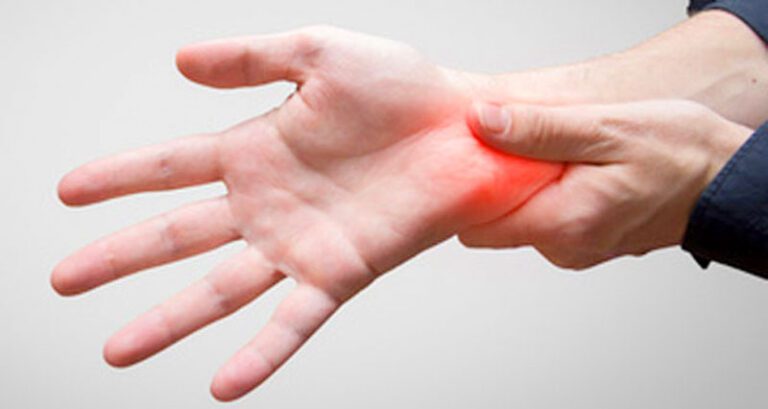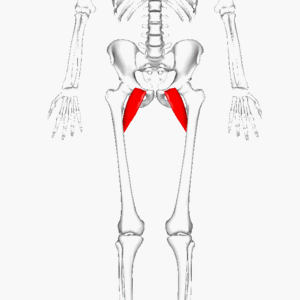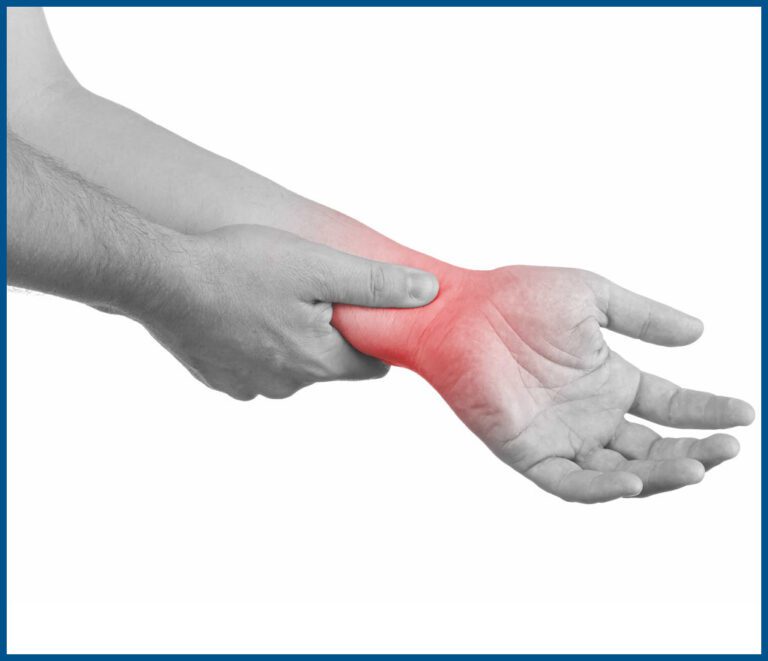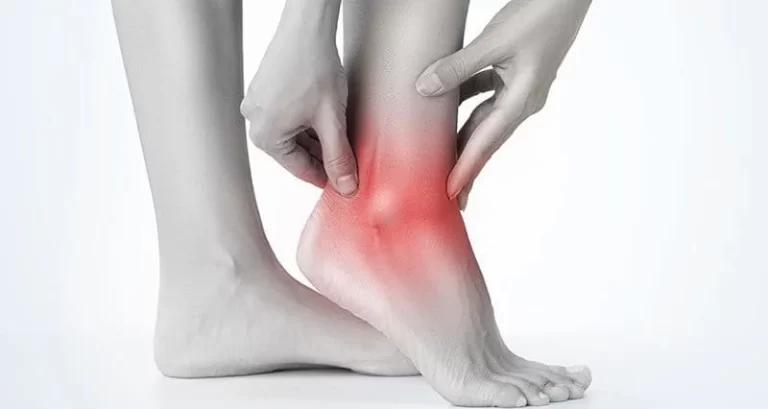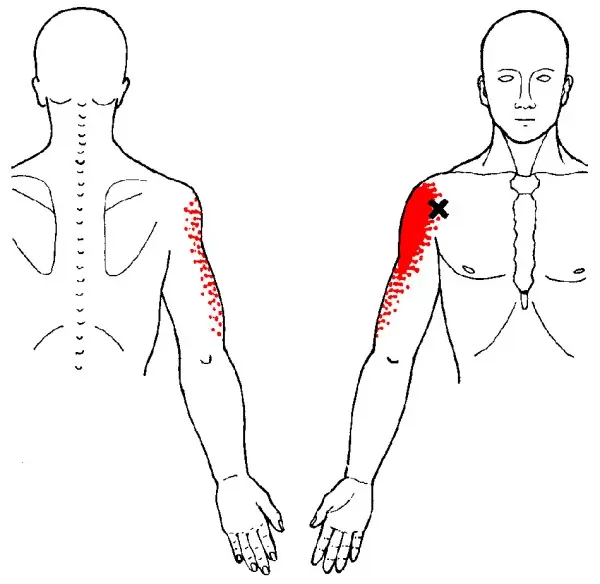Calf muscle strain: Cause, symptoms, Diagnosis, Treatment, Exercise
What is calf muscle strain? A calf muscle strain is caused by overstretching or tearing any of the soules and gastrocnemius muscles of the calf. It can be suddenly, or develop slow over time. stepping, climbing stairs, or running can be painful, difficult, or hopeless with a calf strain. The calf muscles area unit in…



